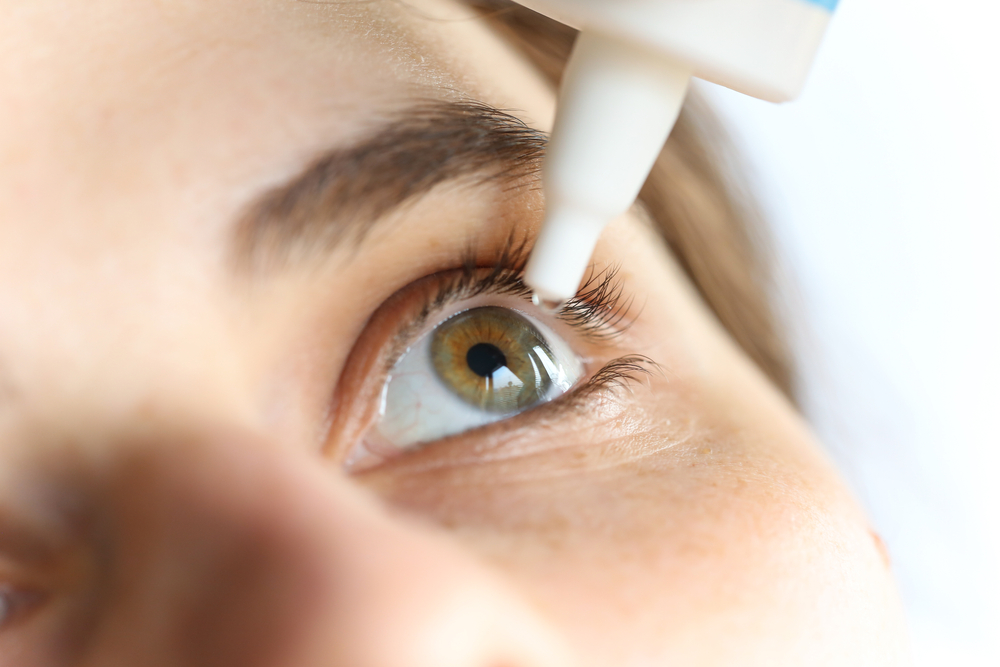
Dry eye syndrome is a common condition affecting millions of people worldwide, causing discomfort and impairing vision. While many effective treatments exist, including artificial tears, prescription medications, and in-office procedures, patients often wonder if lifestyle changes can complement their dry eye therapy. By adopting certain habits and making small adjustments to your daily routine, you can support your treatment plan and enhance your eye comfort.
Hydration: The Foundation for Eye Health
Proper hydration is essential for maintaining overall health, including the health of your eyes. Dehydration can reduce tear production and exacerbate dry eye symptoms. Drinking at least eight glasses of water a day can help ensure your body—and your eyes—stay hydrated. If you spend long hours in air-conditioned environments or consume a lot of caffeine, you may need even more water to counterbalance the drying effects.
Optimizing Your Diet
Your diet plays a significant role in eye health. Omega-3 fatty acids, found in foods such as salmon, flaxseeds, and walnuts, have been shown to reduce inflammation and improve tear production. Antioxidant-rich foods like leafy greens, berries, and citrus fruits also support eye health by reducing oxidative stress. Incorporating these nutrients into your diet can complement your dry eye therapy by promoting tear quality and reducing symptoms.
Managing Screen Time
In today's digital age, prolonged screen use is a significant contributor to dry eye symptoms. Staring at a computer, smartphone, or tablet reduces your blink rate, leading to faster evaporation of tears. To counter this, follow the 20-20-20 rule: every 20 minutes, look at something 20 feet away for 20 seconds. This gives your eyes a break and encourages blinking, which helps spread moisture across the surface of your eyes.
Humidify Your Environment
Dry environments, whether from cold air, central heating, or air conditioning, can worsen dry eye symptoms by evaporating your tears more quickly. Using a humidifier in your home or office can add moisture to the air, reducing tear evaporation and relieving dryness. Keeping the humidity level between 30% and 50% is ideal for eye comfort.
Wearing Protective Eyewear
If you live in a windy or dusty environment, or if you spend a lot of time outdoors, consider wearing wraparound sunglasses or other protective eyewear. These can shield your eyes from wind, dust, and allergens, which can all aggravate dry eye symptoms. Additionally, blue light-blocking glasses can help reduce the strain on your eyes during screen time, further easing discomfort.
Quitting Smoking
Smoking has a negative impact on eye health and is known to worsen dry eye symptoms. The chemicals in cigarette smoke can irritate the eyes and reduce tear production. Quitting smoking not only benefits your overall health but can also significantly improve your dry eye symptoms.
Regular Eye Care and Hygiene
Maintaining good eye hygiene is crucial, especially if you suffer from dry eyes. Cleaning your eyelids and lashes daily with a gentle cleanser can remove debris, oils, and bacteria that may contribute to meibomian gland dysfunction—a common cause of dry eye. In-office treatments like LLLT, which target these glands, can be more effective when combined with regular at-home eyelid hygiene.
Schedule a Consultation with Evolutionary Eye Care Today
While clinical treatments are often necessary for managing dry eye, making certain lifestyle changes can significantly enhance your results. By staying hydrated, eating an eye-friendly diet, managing screen time, and maintaining good eye hygiene, you can support your dry eye therapy and improve your overall eye health. At Evolutionary Eye Care, we believe in a holistic approach to eye care, and we’re here to help you find the best treatment and lifestyle strategies to alleviate your dry eye symptoms.
If you're struggling with dry eye and looking for personalized treatment options, schedule a consultation with Evolutionary Eye Care for a comprehensive plan that includes both medical treatments and lifestyle adjustments tailored to your needs. Visit our office in Sugar Land, Texas, or call (346) 486-4200 to book an appointment today.









